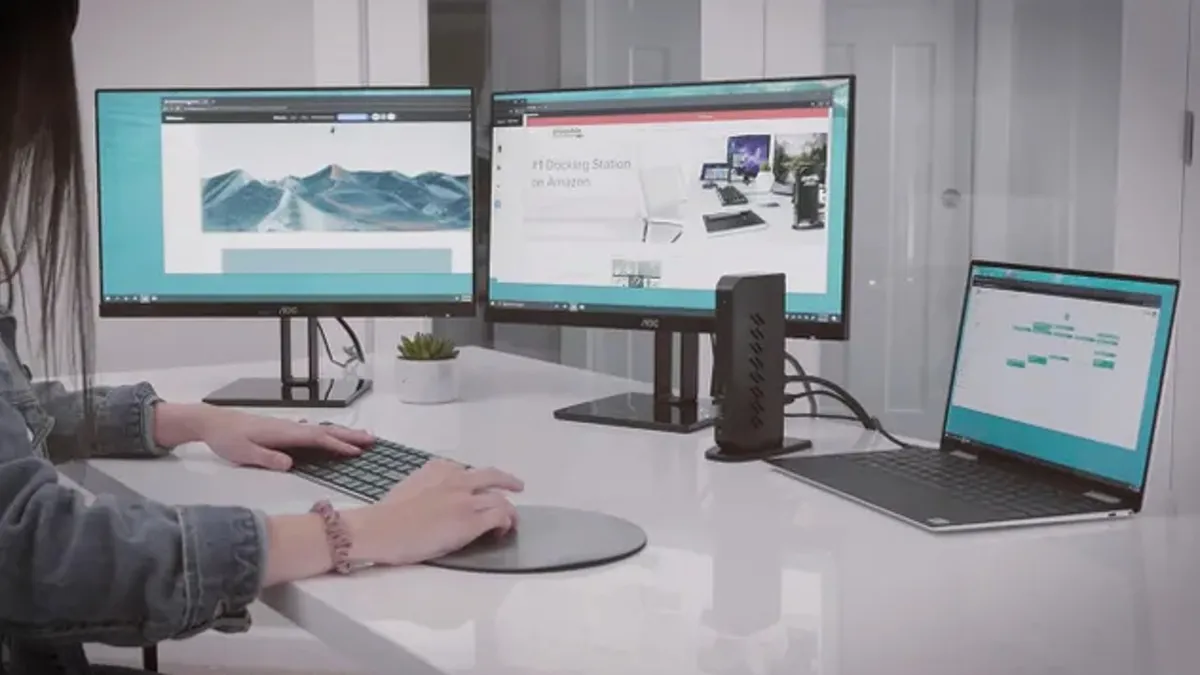Email cannot be empty
Password cannot be empty
checkout as a guest
or
Facebook
Google
Email format error
Email cannot be empty
Email already exists
6-20 characters(letters plus numbers only)
The password is inconsistent
Please enter the email address you’d like your password reset information sent to.
Email format error
Email cannot be empty
Email does not exist
Reset account password
For the account
6-20 characters(letters plus numbers only)
The password is inconsistent
Reset success
Your password was reset. You can log in using your new password.
Login

What Does a Docking Station Do?
2022-11-28 10:50:09
Docking stations, also known as port replicators, are external devices specially designed for notebook computers. By copying or even expanding the port of the notebook computer, it can make the laptop conveniently connect with multiple accessories or external devices (such as power adapter, network cable, mouse, external keyboard, printer and external display) in a one-stop manner.

Docking stations have the following functions:
- By installing the docking station, the laptop can be effectively fixed on the desktop. This prevents displacement, bump and even falls off the fuselage caused by accidental collision;
- The utility model can effectively improve the heat dissipation capacity of the bottom of the notebook and strengthen the air circulation. It will not transfer excess heat to the desktop to reduce the use of comfort, but also better protect the internal components of the notebook from damage due to overheating;
- It can arrange all the external patch cords to the rear of the fuselage and arrange the lines consciously. It is not messy and can better manage and use external equipment;
- It can improve work efficiency. In the office, connect the network cable, power cable, printer cable, mouse, etc. to the port replicator or docking station. You can put the machine on when you use it, and you can separate the machine from the port replicator and docking station with one key when you leave, which is very convenient;
- It plays a certain role in preventing theft. Because the weight of the docking station is equivalent to that of a laptop, it is not convenient to carry. However, almost all the docking stations have key locks. Locking the notebook in the docking station makes mobility very poor;
- Due to the self weight, it is convenient to open and close the laptop screen with a lock catch design. Every time you open the cover of the notebook, the host will move with the screen. And you need to press the host with your hands;
Contact us
